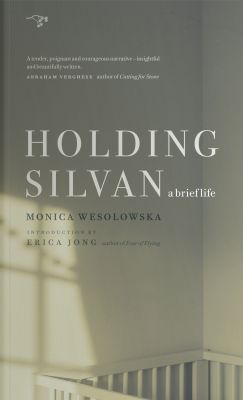I know. I’ve posted this before. And no one likes an excuse. Tedious, really, and ultimately who cares? So I’ll just say: I’m back. Thanks to Meghan Ward (of Writerland), I’m sitting down this Friday morning to post here. “Are you still blogging?” she asked me yesterday at lunch at the Writers’ Grotto. “Every time I go to your blog, it’s the same post.” (She said this in the nicest of ways, really.)
It is, indeed. Imagine having a friend repeatedly drop by for a visit and never being there! That’s a little how I felt. Plus, I realized that Meghan’s question had reminded me how much I enjoyed blogging before I stopped. I didn’t mean to stop. I just did, because too much else was going on. Oh, wait, no excuses, right?
So here we are.
Now I just need a topic. (And don’t worry, I won’t go on for 600 words without one.) I’ll grab at what feels foremost right now: Gratitude. That’s right. It’s an overused concept, and not in the right way. By that, I mean: it’s all over women’s magazines, self-help books, polished rocks carved with inspirational words. But the real thing? How much of it do we see, feel, embrace? We can all use more, right?
I am grateful to Meghan, for the nudge. To The Grotto, for community and laughter and Fred’s damned good coffee and Stephanie’s loaning me The Goldfinch and Ethel’s wonderful reading last night and several people’s support in a tricky, potential icky professional situation. For Ethel Rohan, for writing Goodnight Nobody. To Monica, for being excited about teaching a class with me next winter. For K, too, a student who worked hard on his manuscript and placed it with a national literary magazine. For my nephew, who just left a voice mail asking for the details on Grandma’s (that is, my mother’s) Brussels sprouts–do you brown the butter before adding the nuts and sprouts? For Leslie, for inviting four of us to Mexico with her for her 50th birthday. For my husband, C, who tells me how much fun he has with me—and for, after three-and-half years of sharing love and life with him, the fact that I actually believe him. It’s not that he’s not believable; it’s that the lifelong pattern of being told I can be something other than fun has taken its toll. For the fun we had last month on the Circle Line boat tour of Manhattan. For visiting a national park during federal shutdown and not missing a thing. (We took ranger on his advice: “Just be smart.”) And for each one of you who reads this.
It’s good to be back.
Lady Liberty from the Circle Line:


